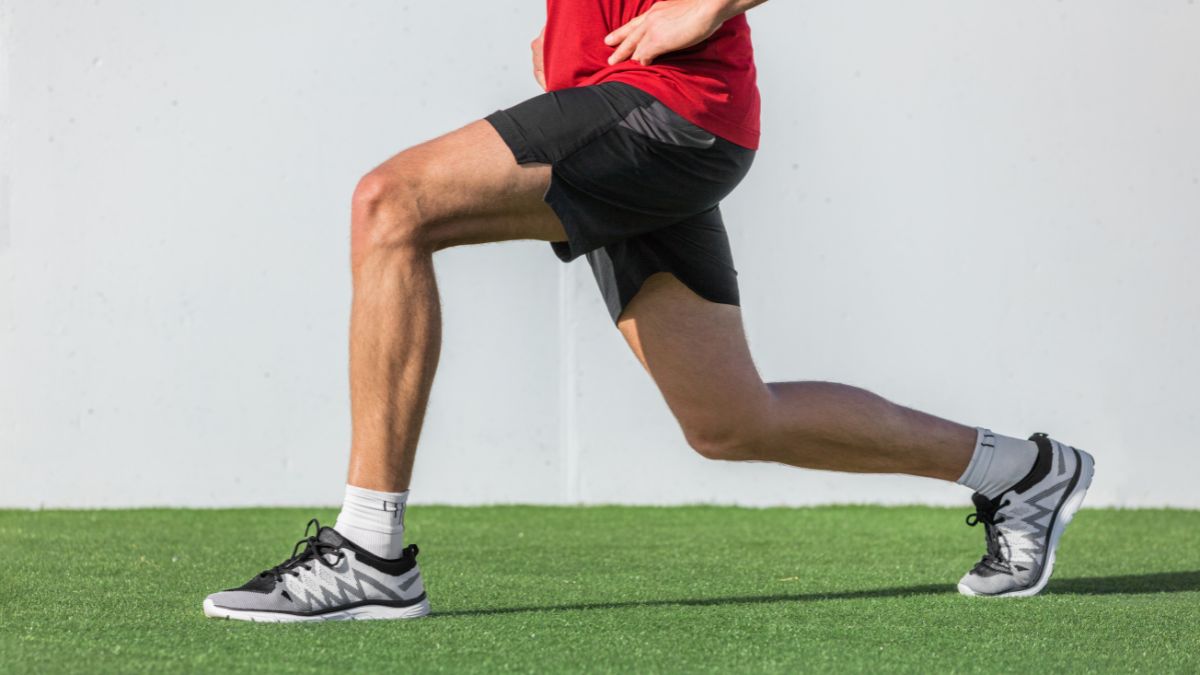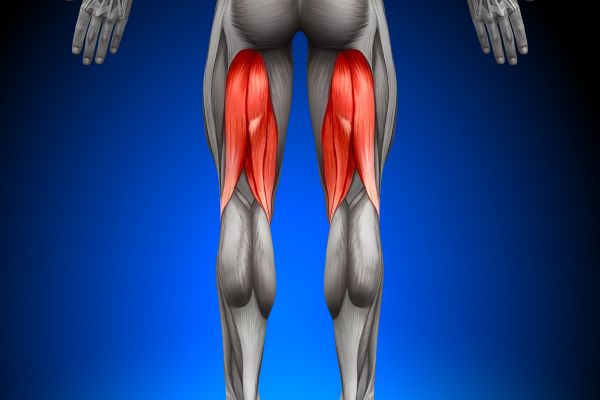Muscle Building: The Science Behind Hamstring Training

Muscle building throughout the hamstring can provide better support and function to your lower body and minimizes the risk of injuries. Also, strength training for your hamstring muscles will make your legs bigger and bulkier, talk about a sexy lower body. Hamstring fitness is not just for show or strength, it affects your entire health as it is connected to important parts of the body including the spine. So, make sure that you take great care of it.
In order to maximize your hamstring training fitness, you need to understand the science behind it.
The Hamstring Muscles

The hamstring has three separate muscles, the semitendinosus, semimembranosus, and biceps femoris (long head and short head). These muscles are located at the back of your thighs. The semitendinosus is located between the other two muscles and its function is to flex the knee joint, allow medial rotation for the lower leg and lip, and extend the thigh and hip. The Semimembranosus are the closest to the middle of the body and their function is the with semitendinosus. The biceps femoris are closest to the outside of the body and they flexes the knee, extend the thigh and the hip, and allow side-to-side rotation for the lower leg when bending knees.
The importance of hamstring muscle building
Your hamstring muscles aren’t only for leg function. They also support and stabilize your knee joint everytime you stand up, walk, run, jump, and even just sit down. They are also important for aligning your hip and torso. Hamstring training greatly improves your overall leg strength, which is very important with day to day activities. Muscle building throughout the hamstring is a key factor for athletes.
Muscle building and strength training for hamstrings isn’t just about improving function throughout the lower leg, it is also about preventing hamstring injuries. When hamstring muscles aren’t well developed, it is much easier for them to overstretch and tear. Hamstring injuries can also occur when they are overworked. So in short, hamstring injuries can occur because of inactivity and when they are overloaded.
Hamstring injuries

Hamstring injury or strain has three levels, grade 1, grade 2, and grade 3. Grade 1 refers to overstretching of the muscles that can result to mild pain and/or swelling. For this stage, function throughout the leg is still the same and it can be fixed with strength training and fitness.
Grade 2 occurs when there is a tear in more than one muscles. Leg function can be hindered because of pain and swelling. The most severe is grade 3 which is described as muscle tissues completely tearing away from the bone or tendon. There is severe swelling and pain that makes it difficult to use the leg. Grade 3 injury can result to avulsion, wherein a piece of bone is pulled away by the tendon.
Other benefits of hamstring strength training and fitness
Relieves lower back pain
Lower back pain can be caused by tightness in different muscles in the lower body including the hamstrings. Hamstring muscles are connected to the bottom of the lower pelvis. So if there is inflammation or tightness in the hamstrings, that can affect the spine resulting to lower back pain.
Improve flexibility and blood flow
Flexibility isn’t just about being able to stretch with ease. It is also about improving blood flow or circulation throughout the body. With aging, joints and muscles become less flexible so daily stretching is very important according to the Harvard Health Publishing. If you want to target your hamstrings, there’s a bunch of stretching exercises you can do like a lying hamstring stretch and a foam roll hamstring stretch.
Why not kick it up a notch and do some hamstring workouts to really blast out those muscles.
Hamstring fitness is not just for show or strength, it affects your entire health as it is connected to important parts of the body including the spine. So, make sure that you take great care of it.
ActiveMan — Make Your Move
The Modern Guide to Men’s Health, Fitness & Lifestyle.





